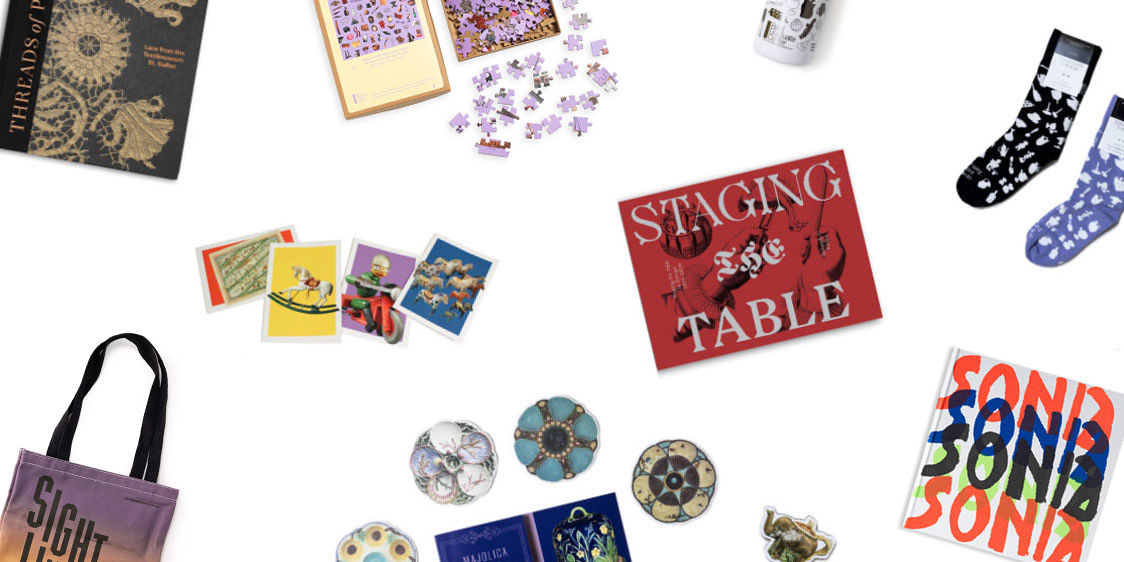








38 West 86th St.
New York, NY 10024
212.501.3000
admissions@bgc.bard.edu
18 West 86th St.
New York, NY 10024
212.501.3023
gallery@bgc.bard.edu
BGC Gallery is currently closed.
38 West 86th St.
New York, NY 10024
212.501.3000
admissions@bgc.bard.edu
18 West 86th St.
New York, NY 10024
212.501.3023
gallery@bgc.bard.edu
BGC Gallery is currently closed.
Robin Schuldenfrei
Katja and Nicolai Tangen Lecturer in Twentieth-Century Modernism, The Courtauld Institute of Art
March 26, 2019
6:00 – 7:30 pm
Robin Schuldenfrei will present at the Modern Design History Seminar on Tuesday, March 26, at 6 pm. Her talk is entitled “Herbert Bayer’s Expanded Vision and the Instrumentalizing of Design in Wartime.”
This lecture examines the intensified turn towards the social usefulness of art by Herbert Bayer, tracing an arc from his initial research in Germany to its materialization in the US. Bayer was deeply invested in reaching viewers—he experimented with techniques of display and graphic design, using processes of remediation as a means of communicating visually in new ways. In Europe, beginning at the Werkbund’s 1930 Paris exhibition, Bayer installed large-scale photographs of modern architecture suspended at tilted angles from floor to ceiling, presenting his sweeping vision for a new mode of exhibition display—one which sought to activate the full range of optical angles of the viewer’s eye, which he termed “expanded vision.” Upon arrival in World War II-era America, Bayer continued to deploy innovative techniques that forged new kinds of connections between viewers and the objects under examination, in a series of exhibitions he designed for the Museum of Modern Art. For these wartime exhibitions, Bayer used large-scale photographs, photomontage, over-sized text, floor patterning, ramps, and other structures that framed content or the visitors themselves, in a process of continual remediation that brought wartime messages to its audience. Bayer’s Bauhaus-era graphic design was also deployed for the American war effort, namely in his posters for the WPA and his contributions to campaigns led by the Container Corporation of America, the paperboard company that supported an international roster of artists who brought striking modern design to the broader public in the form of moving wartime public service messages. These initiatives simultaneously brought the Bauhaus’s typography and graphic design to a widespread US audience. In wartime America, the stakes surrounding this new, dynamic viewing experience were higher than they had been in pre-war Europe. This lecture examines Bayer’s designs in light of the unique circumstances of the exilic wartime condition and the imperative of social design in this period.
Robin Schuldenfrei is a tenured Lecturer in 20th Century Modernism at The Courtauld Institute of Art, University of London. Her research focuses on the subjectivity, materiality, political agency, and social impact of architecture and its objects. She received her PhD from Harvard University’s Graduate School of Design and previously held tenure-track positions at the Humboldt-Universität zu Berlin and the University of Illinois at Chicago. She has written widely on modernism as it intersects with theories of the object, architecture, interiors, and especially on the Bauhaus. Her publications include numerous articles and essays, two edited volumes: Atomic Dwelling: Anxiety, Domesticity, and Postwar Architecture (2012) and, co-edited with Jeffrey Saletnik, Bauhaus Construct: Fashioning Identity, Discourse, and Modernism (2009), and the book Luxury and Modernism: Architecture and the Object in Germany 1900-1933 (Princeton University Press, 2018). She is currently writing a book on objects in exile and the displacement of design.
38 West 86th St.
New York, NY 10024
212.501.3000
admissions@bgc.bard.edu
18 West 86th St.
New York, NY 10024
212.501.3023
gallery@bgc.bard.edu
BGC Gallery is currently closed.

